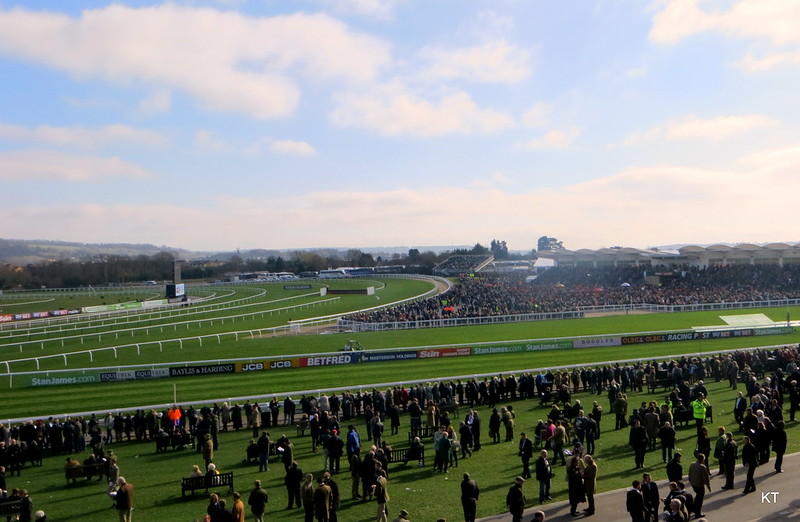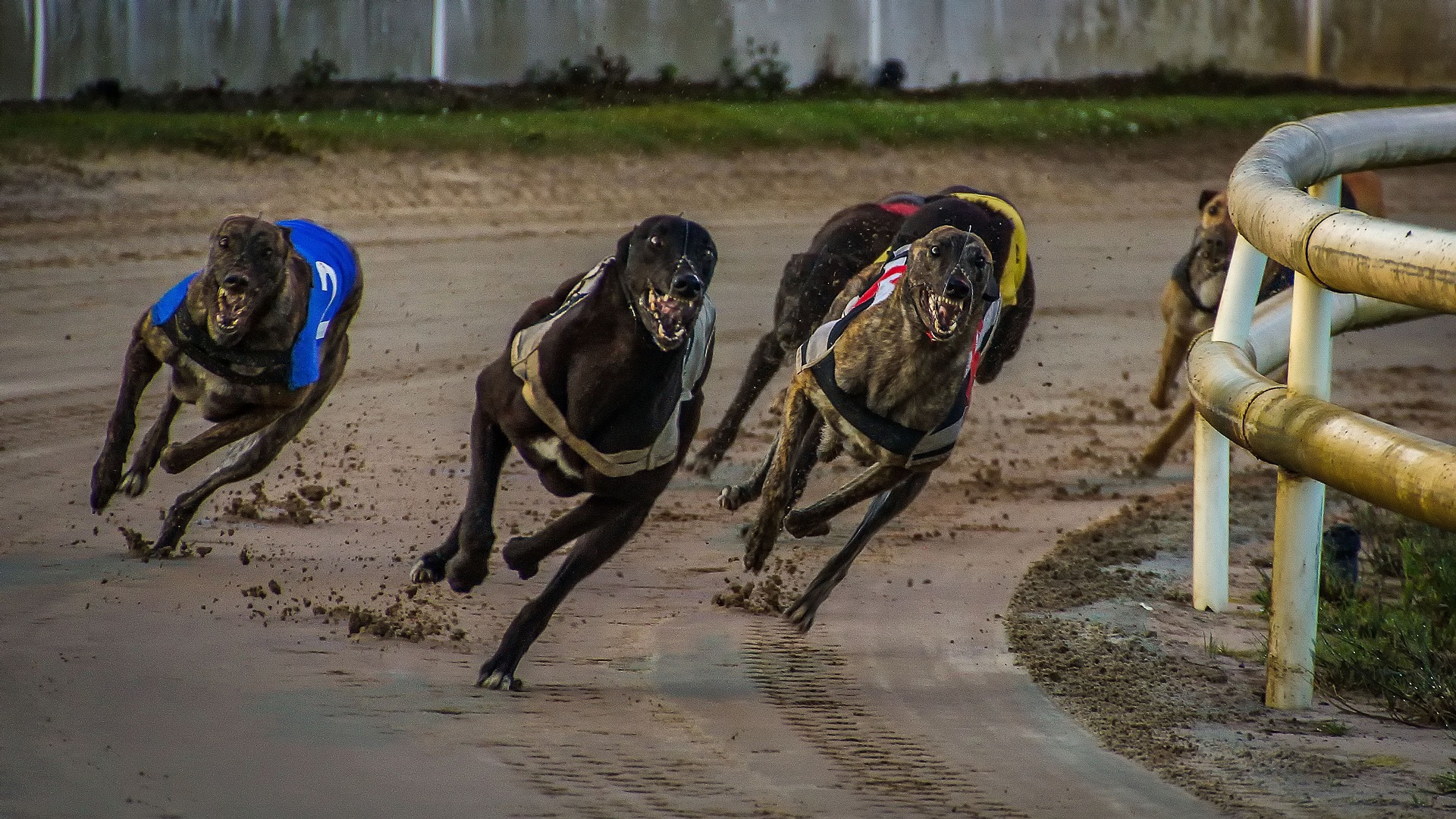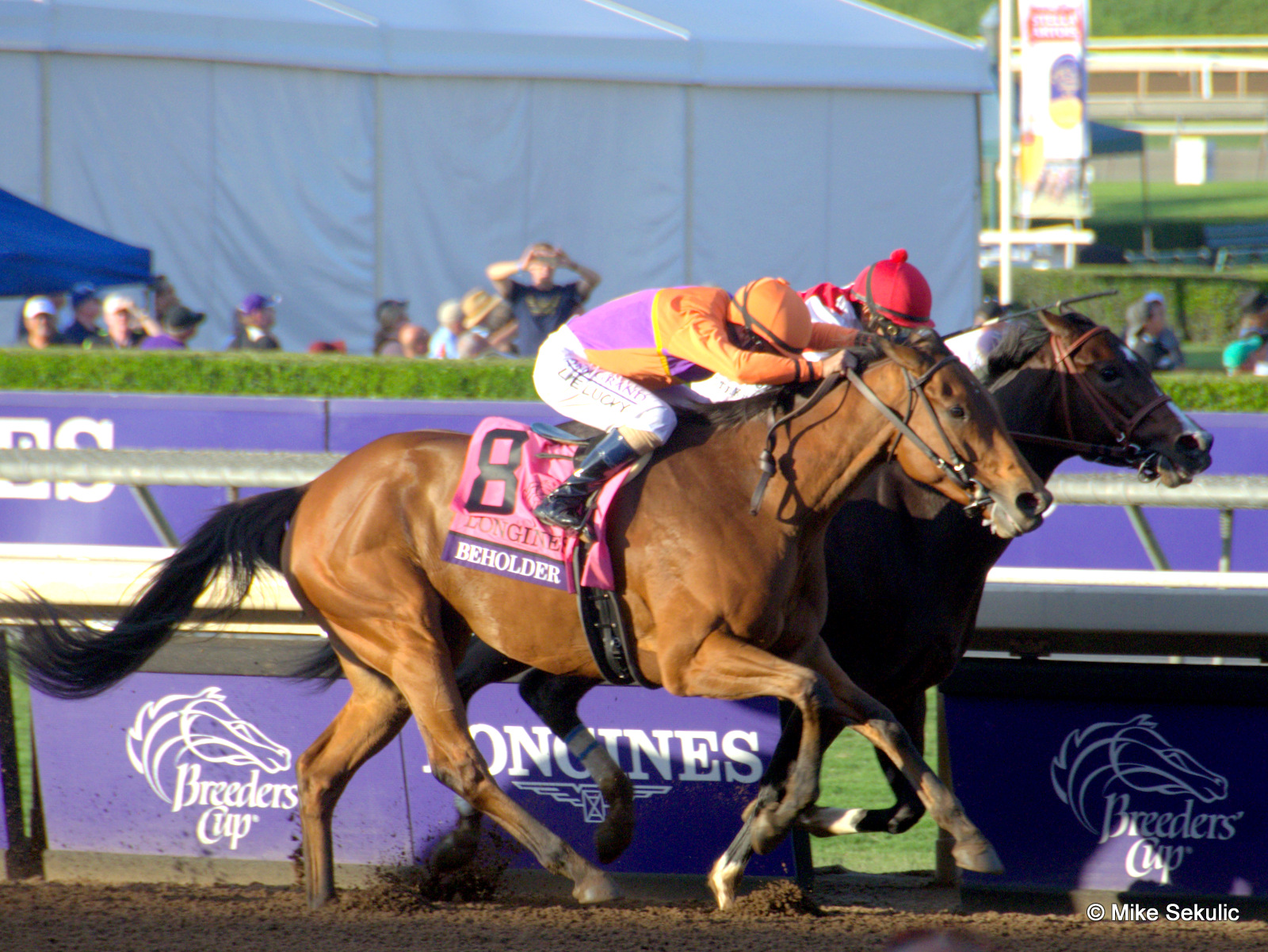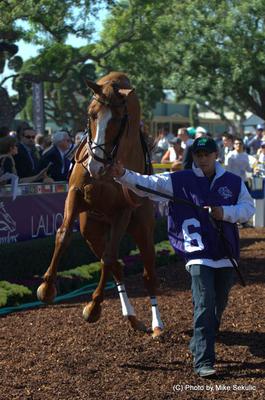Betting On A Horse
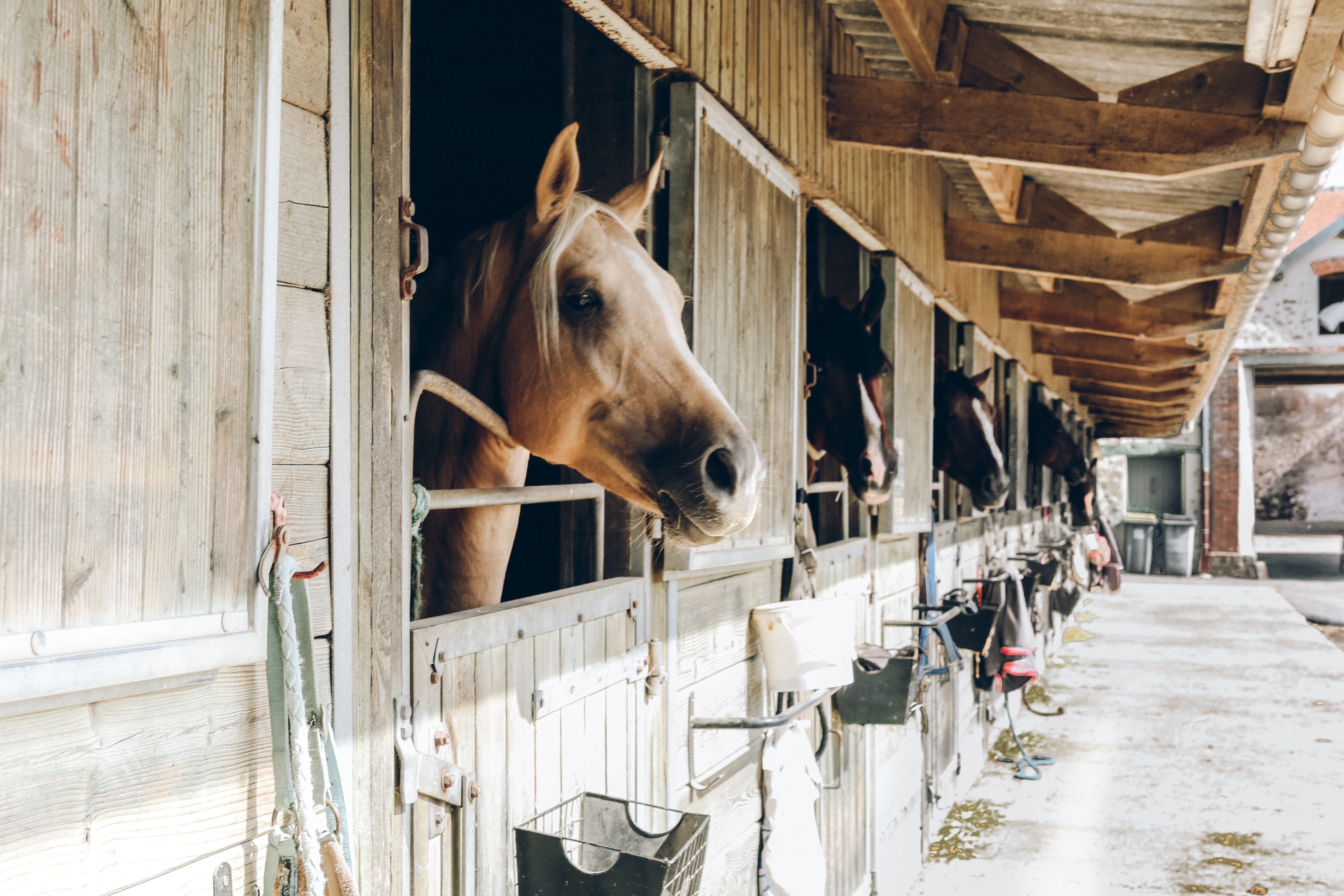 Betting on a horse photo by Anna Kaminova on Unsplash
Betting on a horse photo by Anna Kaminova on UnsplashBetting on a horse- 5 vital statistics
Choosing a horse to bet on can seem to be overwhelming. But when you become more familiar with racehorse betting, you will find it more straightforward.
There is some information you will need to look for that could help you figure out whom to bet, making the process of choosing easier.
This information is called the horse's statistics or most commonly known as the horse form. So, to help you start your horse race betting journey, we have shared the top five critical statistics you should look for when choosing which horse to bet on.
Sprint Speed
The first important statistic you should consider before you bet on a horse is the horse's sprint speed. In simple terms, it enables the punter to decide which horses like to race prominently and those that prefer to track the pace and come from behind with a late challenge.
It provides you with a preview of how the competition might play out. If executed right, it can assist you in figuring out whether a specific thoroughbred has an advantage over its competitors and is likely to dominate the race.
To know the sprint speed of a horse race is to perform a speed handicapping. The best authority on speed ratings is Andrew Beyer, a horse racing journalist for the Washington Post, who published his book, Beyer On Speed in 1975. It's the most effective way to know whether a racehorse can win a particular race or not.
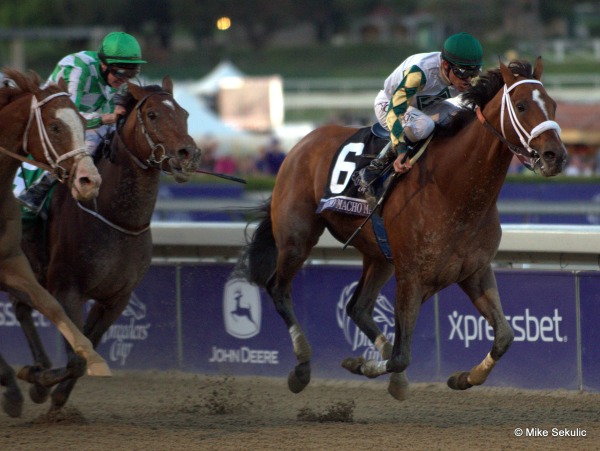 Mucho Macho Man
Mucho Macho ManTrainer Form
The trainer form has always been vital in evaluating the contender's chance in a specific race. A trainer form is used to identify the alleged statistical association between racehorses from the same stable.
Checking the trainer's form will give you an idea of how well or poorly the trainer handled the horses in the past. You will also see the rider the trainer is working with on that particular race you are betting.
This data will help you know which contenders will have a significant chance of winning the race just because the best trainer in the industry handles them.
Wins at the Distance
Wagering on winning distances gives participants a chance to forecast the total winning lengths of all racing events on a specific date at a specific race event. It's pretty easy to calculate the total winning lengths, but you need to review the specific guidelines of the bookmaker you're using when betting on a horse.
The optimum winning lengths vary between flat and jump racing because different bookmakers use varying values for distances like a nose or a neck.
Bettors are offered a binary choice in the most basic winning distances betting market. Punters can place wagers on the aggregate coming in under or over the bookies' line, representing the total expected winning margins for the particular meeting.
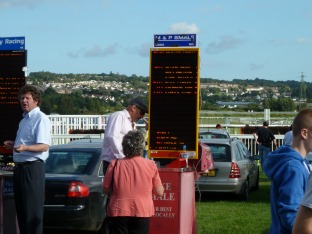 On Course Bookmakers
On Course BookmakersHorse's Age
Before you put your money into betting on a horse, you should consider the horse's age. A study concluded that age significantly affects the horse's performance.
By examining the variance and standard deviation between the length of a particular race and the average length of all races the thoroughbred participated in, the impact of age on racing length is examined.
Over the duration of a horse's second year, the racing distance substantially increases. Thoroughbreds run short sprint races between 4 1/2 and 6 furlongs in the spring of their second year.
4.45 years is thought to be the peak age of a thoroughbred. A horse's expected performance at age 2 is 26 points slower compared to horses at their peak age. The first two years of development are significantly better than the subsequent fall, which is more gradual.
Wins at the Track
Racing victories and defeats can develop into habits. It is essential to consider its win average to determine if a horse is a consistent winner or loser. If a horse's victory average is above 25%, meaning if it has won a minimum of one of every four races it competes in, that is a decent standard by which to judge it.
In american racing, it is also quite common for horses to prefer a particular race track at which they usually show their best form and often show a preference for racing on a left hand or right hand track. On a left hand track they race counterclockwise and clockwise on a right hand track - this is because they may prefer to lead off either their left or right legs.
You will find your favorite horse when you check out the odds from TVG.com or other outlets. In most races, the horse that has the most wins in the past becomes the favorite. In more than a third of races, the favorites in horse race wagering would typically win. More than 60% of the race outcomes are disturbed due to this.
The distance, class, surface, and a host of other variables can all affect the win % of the favorite horses in horse races. The number of horses entered in the race may also impact the odds of success for the betting favorites. Favorite horses couldn't do better than predicted, and the least famous horses couldn't perform worse.
Final Words
Delving into the statistics listed above will help you figure out which among the contenders of a specific race are likely to win. Take time and examine each horse using the data above as your metrics. Once you do, you will find it easier to pinpoint the horse with the highest potential.
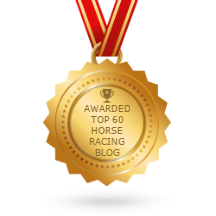
You Might Like These
Kentucky Derby Odds: Will there be a hometown favorite?
Preakness Stakes Odds: Will the champions face fresh challengers?
Belmont Stakes Odds: At 1½ miles, stamina becomes the great equalizer as longshots can threaten.
Breeders' Cup Odds: International talent collides with American speed, reshuffling expectations across the board.
Dubai World Cup Odds: Under desert lights, can a Japanese sensation prevail against the world's elite.
Pegasus Cup Odds: Retirement beckons for champions seeking one final payday at America's richest race.
Bet on Horses: Every wager tells a story of hope against mathematical probability.
Kentucky Derby Betting: Beneath fancy hats and mint juleps, fortunes change hands with each thundering hoof.
Preakness Stakes Betting: The middle jewel rewards those who recognize when Derby form holds true.
Belmont Stakes Betting: Distance separates champions from pretenders when the final furlong tests them all.
Breeders Cup Betting: Global racing converges for two days where value hides in plain sight.

Returns Policy: Once a customer has agreed to pay for a product or service no returns will be permitted or payments returned.
All PayPal transactions are subject to the PayPal Privacy Policy
Privacy Policy: Personal details provided to this site by an individual may be shared with third parties unless requested otherwise.
Above policies updated 15 March 2018

